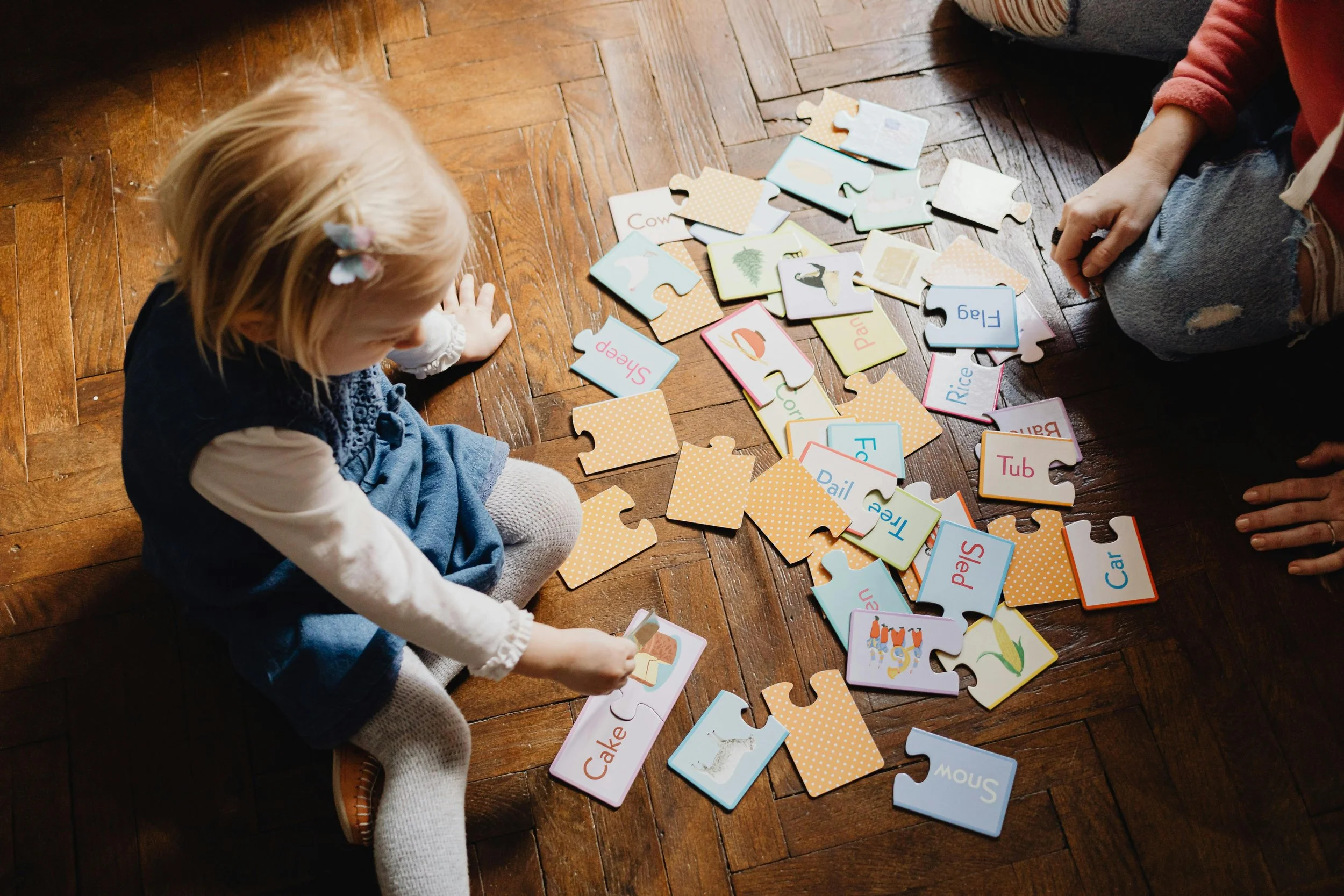
Brain Development and Play Therapy
How does play effect the Brain?
Play helps lower Cortisol (the stress hormone), increases Dopamine (the pleasure/reward chemical), Oxytocin (the bonding hormone) and GABA (the calmer of the nervous system).
Play causes changes in the Prefrontal Cortex that help wire the brain’s executive control system, which has a critical role in regulating emotions, making plans, solving problems, and supporting whole brain integration. A well-integrated brain is considered a healthy brain – where all the various parts can pass messages to each other and can work as a united whole – using the language/sensations from the body (‘felt sense’), the emotional and memory systems, the amygdala (flight, fight, freeze activation), and the high order learning functions. There will be more on this in my future blog, How to build healthy brains in our children!
Play increases whole brain integration through physical movement, creative self-expression and the practice of self-regulation.
Play integrates left-brain regions (logical, analytical, emotional language, personal narrative) with the right brain regions (creativity, sensations, expression). Play helps children let their filter down in the conscious, verbal, rigid left side of the brain to express their inner emotions (right side of the brain).
Play engages lower brain regions through movement, affect regulation, emotional involvement, creating their own sense of safety and predictability through control and choice, and building/creating physically ‘safe’ worlds. This repetitive process then feedback, emotional and sensory content to the brain to start building new neural patterns – essentially rewriting their personal story.
Play is super effective thanks to brain plasticity. In play trying out different roles, scripts, personal narratives, alternative endings, exploring limits over time and through repetition can help build new brain connections which help transform the working model of self (our beliefs about who we are, what people think of us, how the world is – our self-concept).
How Play Therapy supports brain development
In trauma, neurons that are stimulated wrongly connect to each other and can stay fused. This faulty connection can allow for the trauma to persist and create disruption in children’s lives (in the form of behaviours and emotional-social functioning). Play therapy can help correct the ‘faulty wiring’ by offering alternative reframing and inputs into the brain which help physically form new pathways. Play can create these new neural pathways to help the damaged synapses recover and allows for healthy attunement (to self and others), neural integration (better whole brain functioning), development of healthy attachment (improved relationship functioning), development of resiliency (as an outcome of nervous system becoming more regulated and brain working as a more united whole) and an increased sense of wellbeing (life satisfaction).
“What fires together wires together” – for better or for worse
The role of the highly trained clinical play therapist is to provide the safety, consistency, and relationship through which the neural rewiring can occur. The calm, patient, empathic, reflective techniques used by a Play Therapist support the mirror neuron system in children, the way our social brains communicate with each other through our physiological attunement to one another (more on this in a future post), to mimic the same demeanour.
Over time this ‘felt sense’ of mindfulness, acceptance, attunement and therapeutic limit setting, allows the child to become more patient and accepting of themselves, as the lower parts of their brain (brainstem and limbic system) and right brain, process and learn to make sense of stressful and traumatic events that may be affecting their current functioning. As social animals, we have the power to literally help others rewire their brains!
